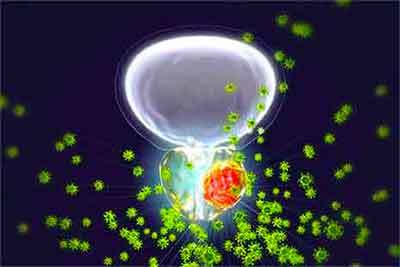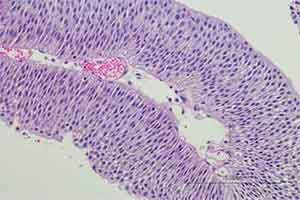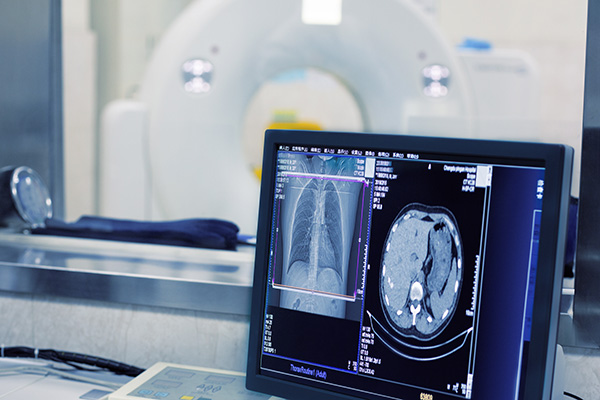
- HOME
- MEETINGS
- AdMeTech Global Summit
- Innovations in Urologic Practice
- International Bladder Cancer Update Expert Forum
- International Bladder Cancer Update
- International Functional and Reconstructive Urology Update
- International Prostate Cancer Update
- Perspectives in Urology: Point-Counterpoint
- Ralph E. Hopkins Urology Seminar
- Southwest Prostate Cancer Symposium
- Urology Today
- CONTENT & COMMENTARIES
- EDUCATIONAL WEBINAR SERIES
- UROEDGE™ LEARNING CENTERS
- INDUSTRY PERSPECTIVES
- FACULTY
Select Page









